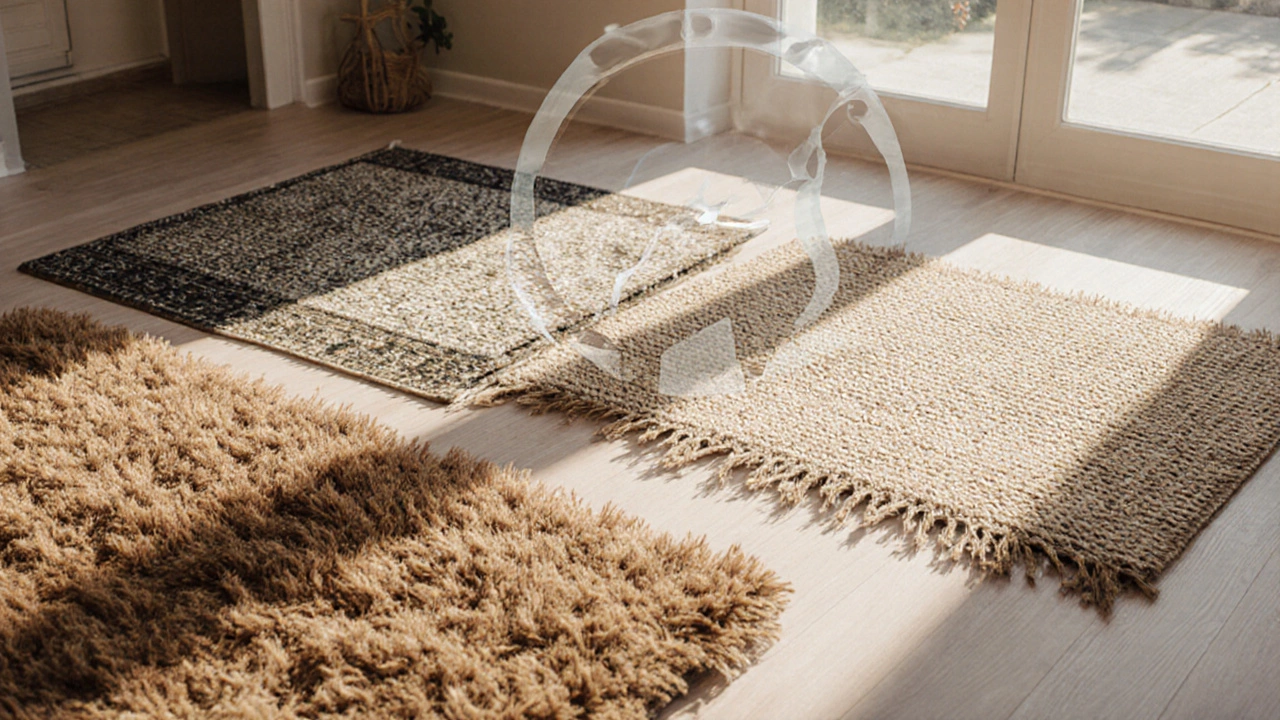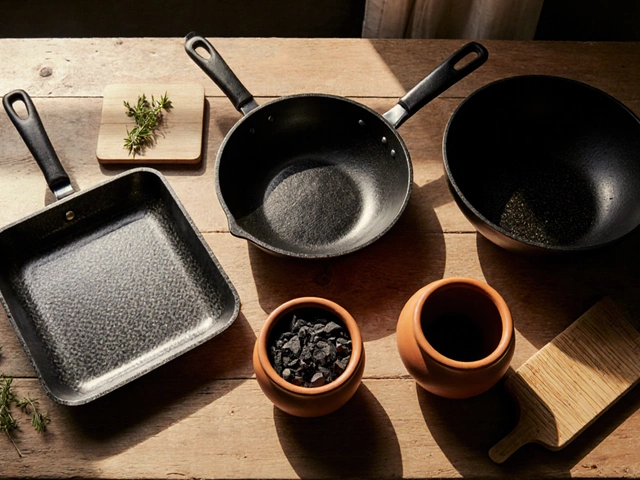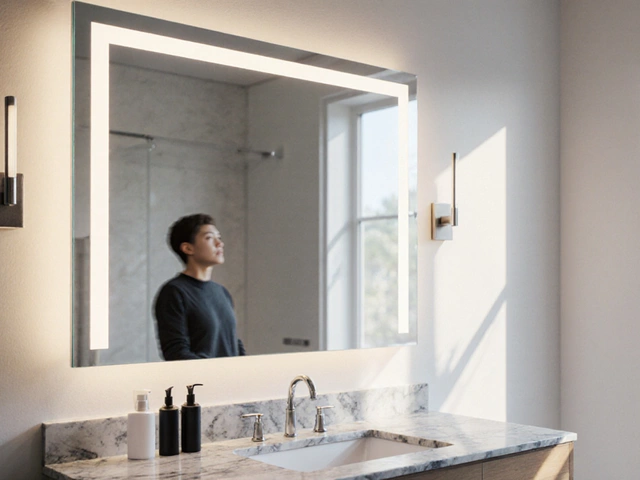Rug Durability: How to Choose Long‑Lasting Rugs
When talking about Rug Durability, the ability of a floor covering to resist wear, stains and loss of appearance over time. Also known as rug longevity, it matters whether you have kids, pets or a busy hallway. Understanding durability starts with three core elements: Rug Material, the type of fiber used, such as wool, polypropylene or nylon, Pile Height, the thickness of the rug’s surface fibers measured in millimeters, and Traffic Level, the amount of foot traffic a rug will face in a given space. These entities interact like a simple equation: Rug Durability = Material Quality + Appropriate Pile + Traffic Compatibility. Below we break down each factor, show how they influence each other, and give you actionable steps to pick a rug that stays fresh for years.
Key Factors That Influence Rug Lifespan
First, Rug Material sets the baseline. Wool naturally repels dirt and springs back after compression, making it a top choice for high‑traffic rooms. Polypropylene is cheap, stain‑resistant, and great for indoor‑outdoor use, but it can flatten faster under constant pressure. Nylon offers a balance—high resilience and good color retention, though it may attract static cling. When you know the material’s strengths, you can match it to the spot where the rug will live.
Next up, Pile Height matters more than you think. Low‑pile rugs (under 5 mm) are easier to clean and less likely to trap debris, which makes them ideal for hallways and kitchens. Medium‑pile (5‑10 mm) gives a cozy feel without sacrificing durability, perfect for living rooms with moderate traffic. High‑pile or shag rugs look plush but collect dirt quickly and wear down faster when walked on heavily. Choosing the right height based on traffic level prevents premature flattening.
Finally, Traffic Level tells you how much wear a rug will endure. A low‑traffic guest bedroom can handle delicate fibers and higher piles, while a busy entryway or family room needs a rug that can handle repeated compression. One practical tip: place a rug pad beneath any rug in high‑traffic zones. The pad distributes pressure, reduces slipping, and adds a layer of protection that extends the rug’s life.
These three entities don’t exist in isolation. For example, a wool rug with a medium pile works wonders in a moderately used living room because wool’s natural resilience compensates for the extra fiber length. Conversely, a low‑pile polypropylene rug shines in a kitchen where spills are frequent—its stain‑resistance and flat surface make cleaning a breeze. Recognizing these relationships helps you avoid the common mistake of buying a fancy high‑pile rug for a hallway, which often ends up looking worn after a few months.
Beyond material, pile, and traffic, consider Construction Method. Hand‑tufted rugs usually have a lower face‑back density than hand‑knotted ones, influencing both feel and durability. Hand‑knotted rugs, though pricier, tend to last longer because each knot holds the fibers tightly. If budget allows, ask the retailer about the rug’s knot count or backing type; a higher knot density often translates to better wear resistance.
Another hidden factor is Care Routine. Regular vacuuming—preferably with a suction‑only head to avoid pulling fibers—removes grit that can act like sandpaper. Spot‑clean spills immediately with a mild detergent and blot, never rub. For deeper cleaning, rotate the rug every six months so one side doesn’t bear the brunt of traffic. These simple habits can add years to a rug’s useful life, regardless of its initial durability rating.
When you combine the right material, appropriate pile height, and a realistic view of traffic, you create a durable rug ecosystem. Think of it as matching a shoe to a terrain: you wouldn’t wear high‑heeled boots on a rocky trail. Similarly, you shouldn’t place a delicate silk rug in a hallway. By aligning these elements, you get a rug that keeps its color, texture, and shape long after the initial excitement fades.
Below you’ll find a curated list of articles that dive deeper into each of these topics. From color tricks that hide dirt to guides on choosing the best filling for sofa cushions, the collection covers everything you need to make informed decisions about your floor coverings. Explore the posts to learn which fibers to avoid, how to pick the right rug shape, and which materials are best for families with pets. Armed with this knowledge, you’ll be ready to pick a rug that looks great today and stays great tomorrow.
How Long Should a Good Rug Last? Understanding Rug Lifespan and Care
Find out how long a good rug should last, what factors affect its durability, and how to care for it to maximize lifespan.
View More




